Pets allowed
Not Allowed
Elevation Gain
370.00 ft (112.78 m)
Trail type
Shuttle
Distance
17.50 mi (28.16 km)
Please respect the outdoors by practicing Leave No Trace. Learn more about how to apply the principles of Leave No Trace on your next outdoor adventure here.
Nearby Lodging + Camping
Olympic National Park
Olympic National Park
Olympic National Park

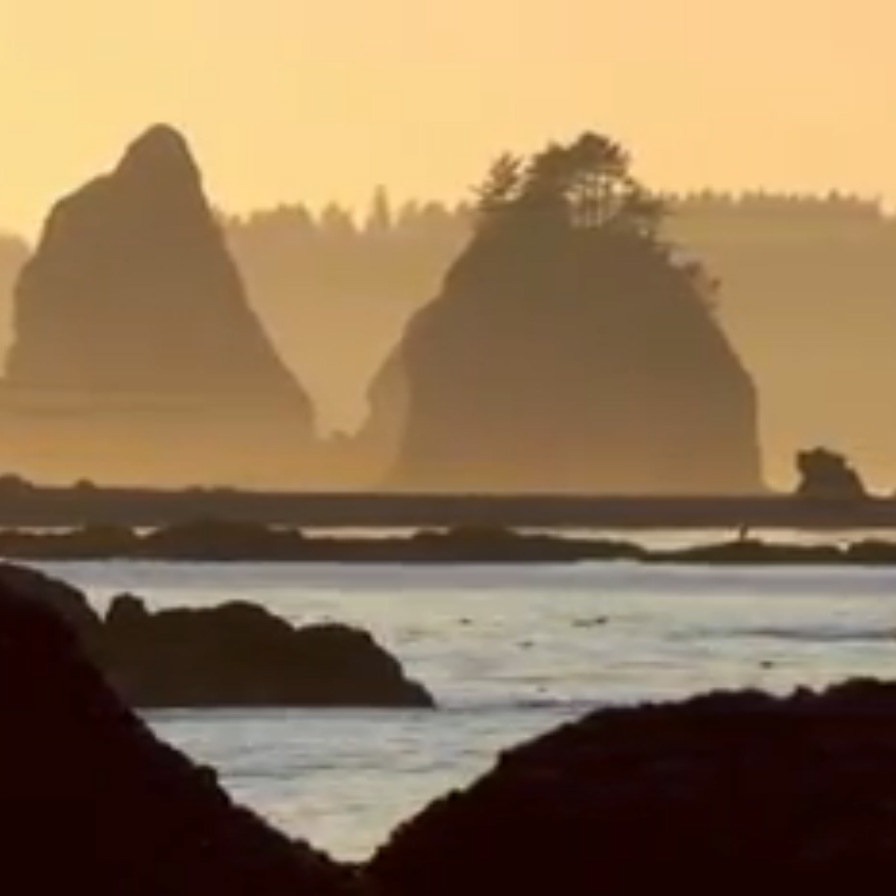
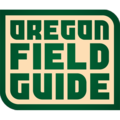
















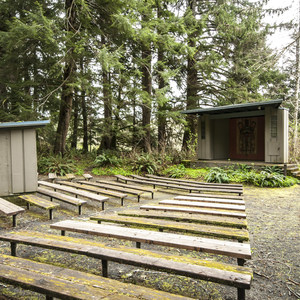

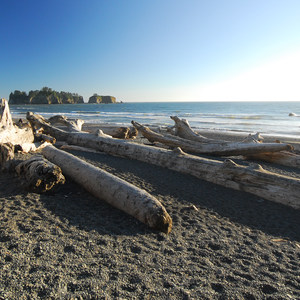
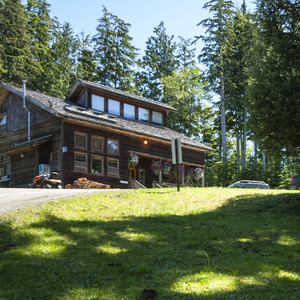


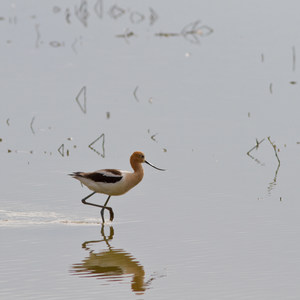

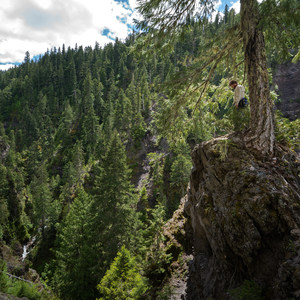
Comments
-It.will.rain. This might seem obvious to most folks from the PNW. I am not from the PNW....but I thought I had all the right gear in place...turns out that the jacket I had wetted out within 4 hours of moderate to light rain, after which my baselayer started to soak. SO....make sure you have reliable rain gear and an extra baselayer (I had a single smart wool base). If you get caught on the beach because of the tide, you will be caught between the rocks and below the rain....you will get cold. All the more reason to make sure you have the right rain gear. It rained for the first 36 hours.
-tide charts will only help you gauge ...try to pass high tide points at most two hours before high tide. You will get caught sitting duck at some point, so bring a book.
-bring an extra tarp. This will not only prevent your tent from wetting out but also you will be able to deploy it and allow your rain gear to dry when waiting out high tide.
-if you have to wait out high tide, make sure to be up in the woods. You'll have the canopy for cover and won't have to worry about the tide creeping up on you. If you get caught on the beach, you will have no rain cover. It was difficult to find an area worth deploying my tent footprint on the beach before Scott's Bluff.
-hopefully you'll have some upper body strength to pull yourself up the steep muddy slope. Bring a glove to help you drip the guide ropes. A trekking pole should get you through.
-made it to Toleak in one day, so can you. Start early. That way you'll be able to explore the tide pools at Toleak at the end of the day. I didn't see any sea stars; I heard that the population was hit by some type of infection two years ago.
Train notes:
-Somewhere after Scott's Bluff and Strawberry Point, the train is washed away. All of the drift wood was shoved into the woods. Coming from the Bluff, find a good point to jump out on to the beach. You'll have to cross a little creek (Scott's Creek?). Remember that on the way back, otherwise you'll miss the trail.
-Goodman's Creek was too high to ford.
Sign In and share them.